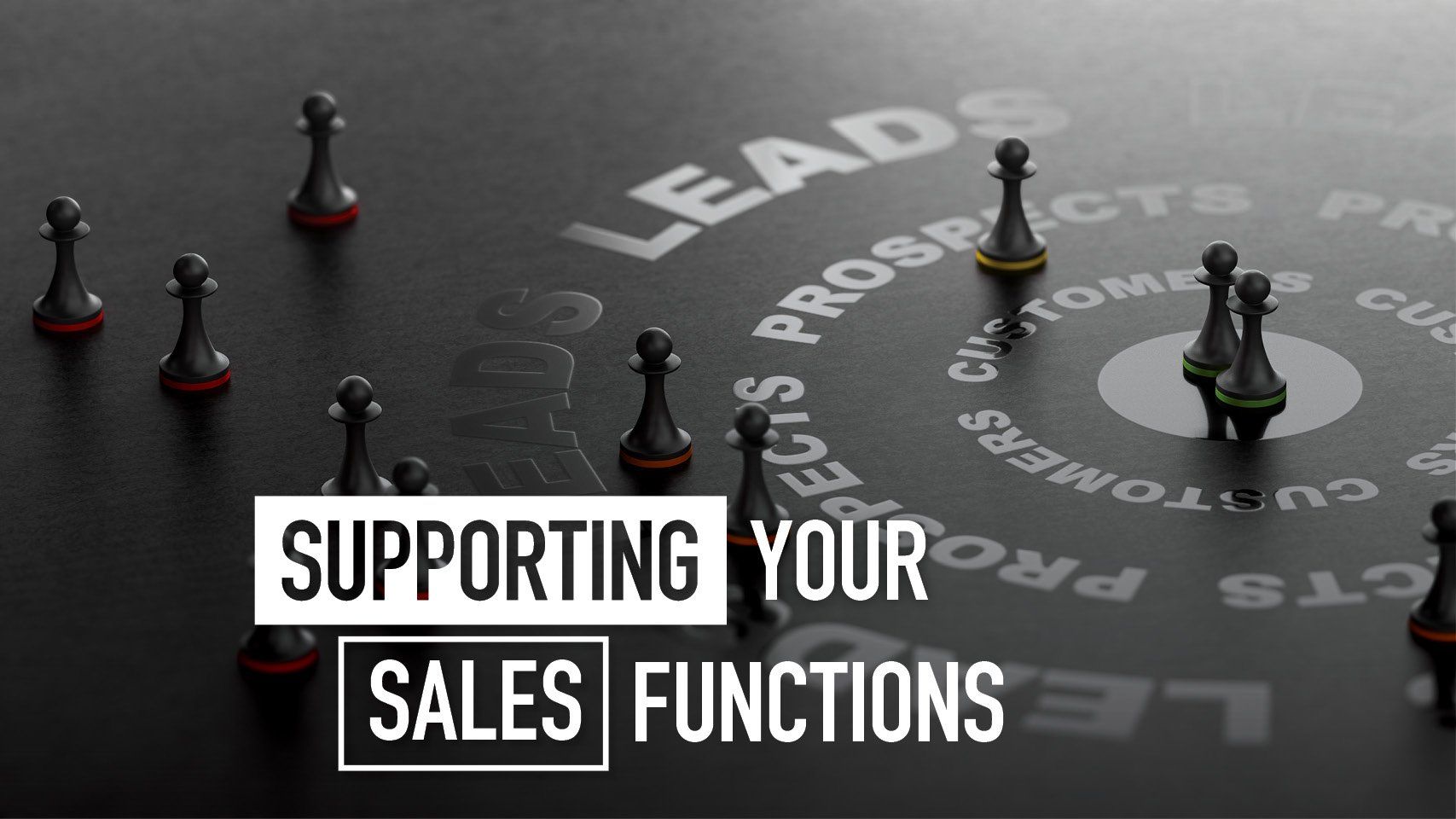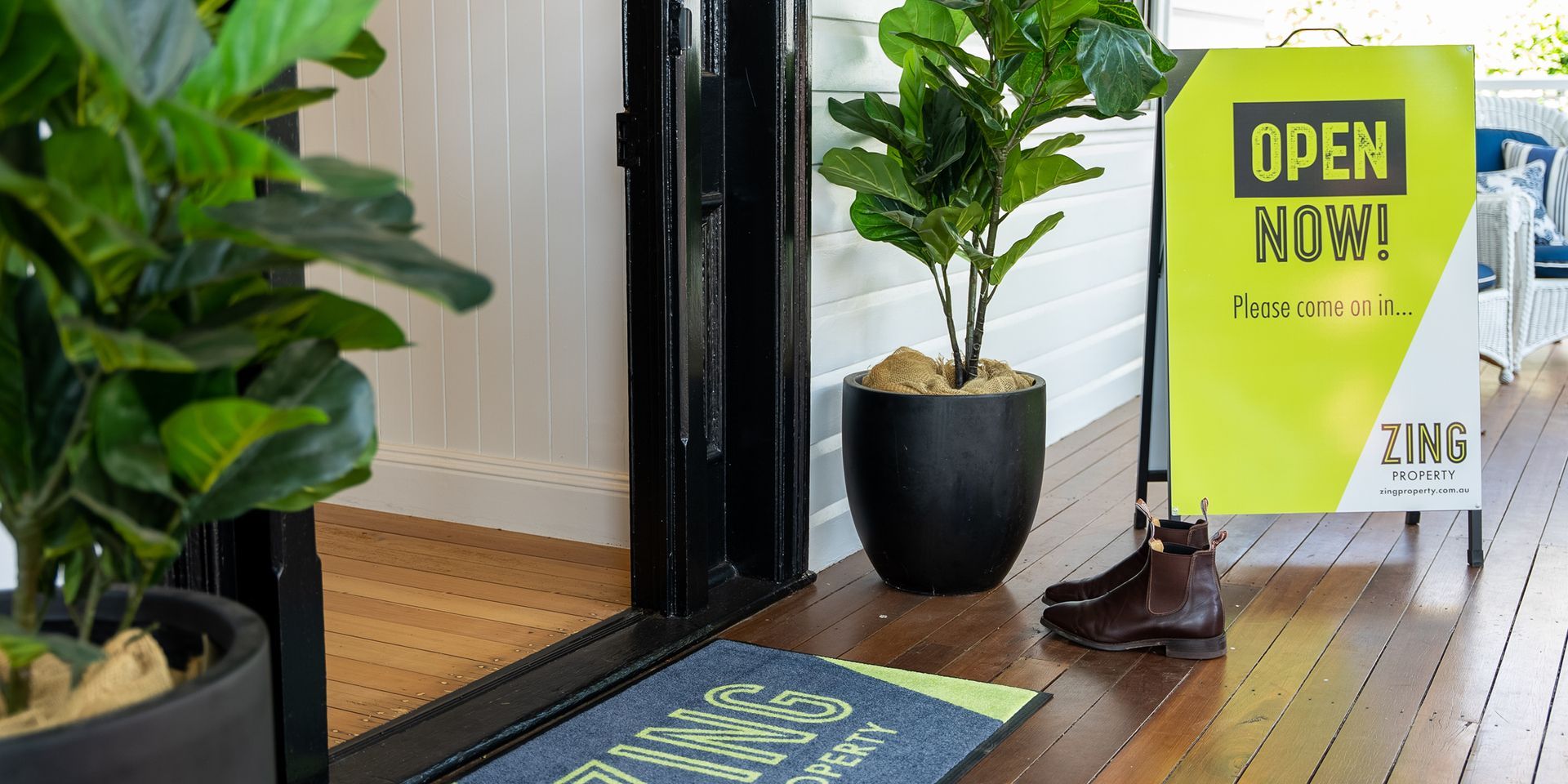MAXIMISING YOUR MARKETING BUDGET
dms CREATiVE director Kym Ebenestelli recently presented a hotly anticipated webinar on making the most of your marketing budget. It's such an important issue to be thinking about at the moment, with end-of-financial-year looming and many businesses looking to set their marketing budgets for 2015-16. Check out Kym's tips, tricks and marketing priorities for maximising your investment, as well as the link to the webinar below.
1. WORK OUT WHAT IT IS YOU WANT TO ACHIEVE.
When setting your marketing budget, the first question you need to ask yourself is what is it that you want to achieve? Are you wanting a larger slice of the pie? Are you wanting to make the pie bigger? Or are you trying to protect your existing slice of the pie from an aggressive competitor?
Maybe your focus is attracting new clients or maintaining relationships with existing clientele. Or perhaps you need to generate more leads or foot traffic.
The more detailed and specific you can be, the easier it is to build a plan to help you achieve your goal.
At this point it is also really useful to think about and define which target audience suits each of your products. Think about your customers’ pain points and how your product/s solves their pain. Critically analyse the real opportunities that exists for each product and start to assign some priorities.
2. WRITE DOWN WHAT YOU NEED TO DO TO ACHIEVE YOUR SALES GOALS
Once you have identified and articulated your marketing problem, you can begin to solve it.
If your focus is attracting new customers, marketing theory tells us that potential targets need to come in contact with your brand approximately seven times before they feel comfortable doing business with you.
That said, it is crucial that your consumer touchpoints (shopfront, sign, advertising, marketing collateral, website, tender documents, LinkedIn profile etc) are consistent, relevant and evidence who you are and what you do. Remember, every time a potential customer comes in contact with your brand they are subconsciously judging you and making observations.
Then, when they search your product offering on the net, you need to appear high up in the organic or Adwords search results to have a better chance of them clicking on your website link. Then, once they are on your website you have on average less than 1.5 seconds to engage with them. You need to make sure your content is strong and engaging to give the best possible first impression.
3. WORK OUT HOW MUCH IT IS GOING TO COST
You need to get quotes, ask questions and find out the best way to do things. Once you see how much it is going to cost, you then compare this investment with the return you are hoping to achieve and see if this is something you are comfortable with. This approach is very different to simply assigning a percentage of turnover to marketing.
4. MEASURE YOUR RESULTS
Ensure you measure your promotions and campaigns. Marketing should be viewed as an investment you make in your business. And, as with all investments, you need to see a return. However, be sensible in your approach. As with all investments, it is not reasonable to expect to see immediate growth – especially if there is a lengthy sales cycle.
5. AVOID WAYS TO WASTE MONEY
One of the most frustrating things that I deal with is when we build a plan with a customer and then they want to analyse each individual piece of the puzzle in isolation. To pull a plan apart and only run one specific individual component will give you a false reading on the effectiveness of the overall campaign and can also significantly weaken your expected reach and frequency.
Another money trap people can fall into is when they start to suffer brand fatigue. This is when business owners or staff who see their brand everyday start to think it is getting tired and boring and needs a freshen-up. Remember, your customers don’t see your brand every day. There can be a lot of reassurance for someone looking at a trusted brand – one they recognise. That said, there are a number of legitimate times that brands can and should be updated, particularly when it comes to issues around market positioning. But it should never be just because you are getting bored.
One of the biggest mistakes in marketing is inconsistency of brand. As I mentioned before, it is really important that each consumer touchpoint is consistent from a brand perspective. That means using the same colours, the same logos, the same brand voice in all of your communications. The repetition of your brand in the market place is what helps customers become more aware of you and your product and it is that familiarity that helps them feel more comfortable buying from you.
6. BE STRATEGIC, KNOW YOUR LIMITATIONS AND INVEST IN PROFESSIONAL SERVICES
When you have a plan and know exactly what you want to achieve, it is much easier to work towards achieving it. You can also maximise your marketing budget by knowing you limitations. If you don’t have the skills or the time to create a professional and polished brand for your business, then you should engage the services of a professional marketing and design company, just as you would engage a lawyer to help with legal matters or an accountant to help with your tax.
7. PUT YOURSELF IN YOUR CUSTOMERS’ SHOES AND BE DELIBERATE AND CONSISTENT
Conduct a mini audit of all the ways customers come into contact with your brand. Be objective and look at whether they would be seeing a consistent brand. And finally, be deliberate and consistent in all that you do. Stay focused and don’t become distracted. Set yourself monthly targets and constantly check your progress. And stay accountable.
>> VIEW OTHER POSTS

By Mark Ebenestelli
•
October 24, 2022
In the current economic environment, things change so fast that it can feel impossible to make a plan and stick to it. Whether it’s supply chain disruptions or changing market conditions, businesses of all stripes are facing new and unprecedented challenges on an almost quarterly basis. But the reality is that competition for customer attention – and customer dollars – has never been tougher. It might be hard to plan, but as the saying goes “Failure to plan is planning to fail.” If you’ve got sales targets to meet, you need to fight for customer dollars. To fight for customer dollars, you need to support your team in making sales. You need to use every tool in your kit to reach, understand, resonate with, convert, and retain customers. And to do that – you guessed it – you need a plan. Before you object, hear this: planning doesn’t have to be complicated, and it doesn’t have to encompass everything you’ll do for the next five years. Your plan to support your sales functions (i.e. your marketing plan) can – and should – be tailored to your business as it is today. In essence, it should focus on where you are now, where you want to get to, and steps on how you’re going to achieve it. Here are some of the ways you can plan to support your team to grow sales and maximise your revenue. Marketing Collateral In a digitally connected world, it’s easy to underestimate the importance of marketing collateral. But make no mistake: collateral remains one of the most effective ways to fill your sales funnel from the top. Signage, vehicle wraps, flyers, packaging and brochures all help to raise brand awareness, improve recognition, and inform customers when they’re not in the same room. Graphic design plays a crucial role in making these marketing materials visually appealing and effective in getting the message across. When you’re laser-focused on making sales, these top-of-funnel activities might seem low-priority. But if you limit your marketing efforts to the bottom of the funnel – converting hot leads into purchasing customers – you’ll also limit your audience reach, and consequently, your future revenue. To use a sales term: build a pipeline! Consider the AIDAS model of the customer buying process. This identifies five unique stages through which customers cycle in the process of buying a product or service: awareness, interest, desire, action, and satisfaction. To keep your pipeline flowing, you need to engage customers who are entering this cycle at every stage of this process and nurture them through to the purchasing decision. You can do this by utilising an array of marketing collateral that will reach potential customers at every touchpoint, including offline, for each product or service you sell. Marketing collateral doesn’t just ensure you’re attracting new leads through building awareness – it also allows you to reach customers at every touchpoint. Email marketing Where marketing collateral is a ‘top of funnel’ activity allowing you to engage new customers, email marketing, as part of your digital marketing strategy, sits in the middle. The middle of the funnel is where you build engagement and trust with audiences whose attention you’ve already captured to move them through the funnel, build purchase intent, and nudge them towards the purchase decision. Email subscribers have already become aware of your brand, and have developed enough interest to sign up to your email list. The task of email marketing is building on that awareness by distributing content demonstrating you understand their pain points, interests and needs. Email offers a unique opportunity to serve relevant, targeted content to specific audience segments to deepen that trust and understanding. The better your prospective customers feel that you understand their needs, the more likely they are to purchase a solution from you. Content Strategy The word ‘strategy’ can strike fear into the hearts of business owners and marketing decision makers, who are often so busy doing the work that they hardly have time to plan it. But the time you invest in creating a content strategy will deliver significant returns in time saving, customer engagement and process improvement. The goal of any content strategy is to create and distribute content aligned with your audience’s interests, needs, and pain points. Well-planned, strategic content shows your audience that you see them, understand their goals and pain points, and can deliver a solution that makes their life easier. Straddling both the new and existing customer segments, a content strategy allows you to support your sales functions by tailoring content to what customers need at each stage of the cycle to progress further. Moreover, it ensures that your work on content supports your business goals, improves your internal processes, and helps you maintain a high level of quality and relevance across all your content. Momentum The most effective marketing strategies build up from ground level and compound over time into a coordinated, multi-channel attack on the market. As you add more marketing activities to more consumer touchpoints, interconnected activities complement each other and your marketing campaigns gain momentum. Momentum supports your sales functions by enabling you to maintain consistency - of publishing schedule, of customer communications, of progress towards goals - even if something changes on your team or in your industry. So how do you build and maintain momentum? Here are a couple of sure-fire strategies. Make a plan - even if it’s short-term We’ve said it before and we’ll say it again: don’t let the fact that the plan might need to change be a reason to not actually plan! If things are changing in your industry every quarter, create a strategy that focuses on short bursts of activity and build regular reviews into your plan. That way, you’re prepared to pivot or adjust, but you’re also working according to plan. Diversify across channels The most effective marketing campaigns ensure customers see your brand and messages many times, in many different places. Don’t rely on a single channel to achieve your sales targets: work across collateral, social media , website , email and more. For example, if you post a blog on your website, capitalise on it by sharing on social media and talking about it in your e-newsletter. So, don’t let the challenges of today’s economic environment stop you from achieving your business goals and meeting your sales targets. Create a plan to support your sales functions that aligns with today’s market conditions, your business objectives, and the customer buying process. Interested? dms CREATiVE is the go-to marketing agency in Toowoomba. We’re dedicated to ensuring you get the best returns on your investment in marketing. We can help you develop a game-changing content strategy that supports your sales functions and use it to catapult your brand to the next level. Get in touch today to see how we can help.

By Mark Ebenestelli
•
August 25, 2022
The home page: it’s one of the first points of contact between a business and its customers, and the starting point for any customer exploring their options before making a purchase or enquiry. It’s a make-or-break stop off on the customer’s journey to your door, so it’s crucial to ensure it’s putting your best foot forward. There are endless possibilities when it comes to website design , but the list of essential home page elements is much shorter. Let’s look at the makeup of a great business website home page. Above-the-fold attention grabber Customers’ attention spans are short - make the first impression count. Single-sentence value proposition: Tell your customers exactly what you do and why it’s valuable to them in one sentence. Call to action button: Point them towards the action you want them to take before they have to scroll. Key information about your products and services Don’t make people search for important information. Top-level details about your products/services: Close to the top of the page, include key information about your products or services in a few sentences or less. Value / benefits: Tell customers why they should choose you and your products or services. Include a section about the value or benefits customers get from what you offer. Brand messaging Build credibility and trust by telling your story. Your story: There’s a saying in marketing: “People don’t buy what you do, they buy why you do it.” Because there might be hundreds of businesses that do what you do - but there aren’t hundreds that do it for the same reason or with the same passion. That’s why it’s key to tell your customers why you do what you and how you came to be. Key messages : Reinforce your value propositions by honing in on a few key marketing messages that align with your brand. Visual branding Stand out and be memorable to customers. Consistent elements: Everything on your home page (and any other customer-facing asset) should align visually with your brand. This is where quality graphic design comes into play. Ensure fonts, colours and styles are used consistently and according to your brand guidelines. SEO Help Google help you get found first. Target keywords: Ensure people can find you online when they search for products or services that you sell. Choose a target keyword and some secondary keywords or phrases for the home page that align with your products or services. On-page SEO: Appear higher in the Google search results by using on-page SEO techniques. You may need a little professional help with this one, but we promise you - it’s worth it. The options for a home page may be infinite, but what it boils down to is much simpler. Ensure the anatomy of your home page lays the groundwork for getting found online and tells your customers what you do and why they want it. If you could use some expert support in strengthening your business website, we are ready to help. Get in touch on 4639 1622 or fill in the form below and tell us what you want to do.
START A CONVERSATION WITH dms CREATiVE!
If you would like to talk further about engaging our services, please give us a call or fill out the form below to arrange an obligation-free meeting.
Contact Us
Thank you for contacting us.
We will get back to you as soon as possible
We will get back to you as soon as possible
Oops, there was an error sending your message.
Please try again later
Please try again later
QUICK LINKS
SUBSCRIBE TO OUR NEWSLETTER
Thanks for subscribing to our newsletter.
Oops, there was an error sending your message.
Please try again later
Please try again later
© 2025
dms CREATiVE. Website by dms CREATiVE


